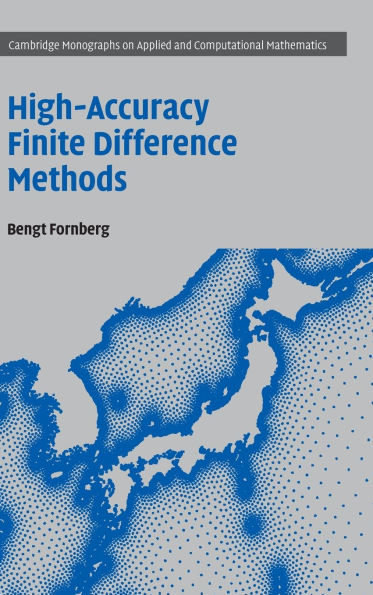High-Accuracy Finite Difference Methods
Scientific computing plays a critically important role in almost all areas of engineering, modeling, and forecasting. The method of finite differences (FD) is a classical tool that is still rapidly evolving, with several key developments barely yet in the literature. Other key aspects of the method, in particular those to do with computations that require high accuracy, often 'fall through the cracks' in many treatises. Bengt Fornberg addresses that failing in this book, which adopts a practical perspective right across the field and is aimed at graduate students, scientists, and educators seeking a follow-up to more typical curriculum-oriented textbooks. The coverage extends from generating FD formulas and applying them to solving ordinary and partial differential equations, to numerical integration, evaluation of infinite sums, approximation of fractional derivatives, and computations in the complex plane.
1147116828
High-Accuracy Finite Difference Methods
Scientific computing plays a critically important role in almost all areas of engineering, modeling, and forecasting. The method of finite differences (FD) is a classical tool that is still rapidly evolving, with several key developments barely yet in the literature. Other key aspects of the method, in particular those to do with computations that require high accuracy, often 'fall through the cracks' in many treatises. Bengt Fornberg addresses that failing in this book, which adopts a practical perspective right across the field and is aimed at graduate students, scientists, and educators seeking a follow-up to more typical curriculum-oriented textbooks. The coverage extends from generating FD formulas and applying them to solving ordinary and partial differential equations, to numerical integration, evaluation of infinite sums, approximation of fractional derivatives, and computations in the complex plane.
99.99
In Stock
5
1

High-Accuracy Finite Difference Methods
246
High-Accuracy Finite Difference Methods
246Hardcover
$99.99
99.99
In Stock

Product Details
| ISBN-13: | 9781009566537 |
|---|---|
| Publisher: | Cambridge University Press |
| Publication date: | 06/05/2025 |
| Series: | Cambridge Monographs on Applied and Computational Mathematics , #42 |
| Pages: | 246 |
| Product dimensions: | 5.98(w) x 9.02(h) x 0.63(d) |
About the Author
From the B&N Reads Blog
